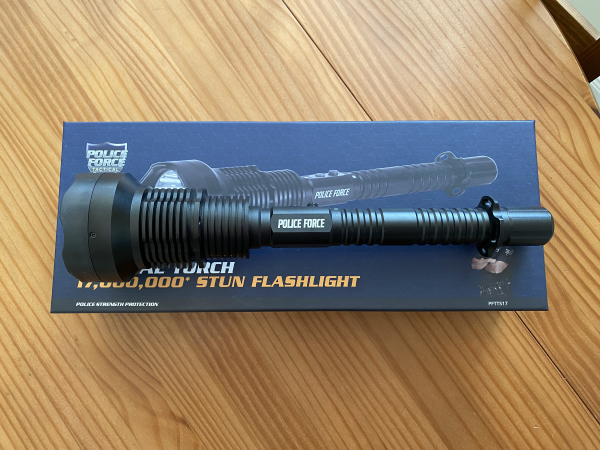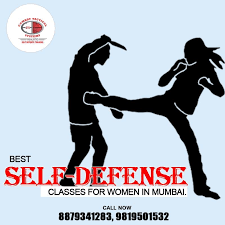
When you want to experience a truly international summer, consider a camp in Thailand. These camps give you the chance to travel Asia and build lasting friendships. Not to mention, you'll be guaranteed to have an abundance of unforgettable memories. Learn more about Camp Thailand in this article.
Refugee camps in thailand
The number of refugees fleeing to Thailand increased, and there were many humanitarian aid organizations that began to emerge along the border. The Border Consortium was one of these agencies, and is still the primary agency responsible for organizing assistance for refugees. Jack Dundorf, one the first to respond in 1984 to refugee needs, established the organization.
Refugee camps in Jordan
There are several refugee camps in Jordan. Za'atari, east of Mafraq, is home to almost 80,000 Syrian refugees. Azraq is in the north east. About 18 percent of Jordan’s refugees are based in refugee camp.

Zaatari camp in Jordan
Zaatari is a place where refugees do not have a chance to be resettled. It is only possible for a small number of refugees to apply. Many Syrian refugees are forced to stay in the camp. Many of them are reliant on the kindness of local residents to survive. Some of these people even depend on strangers for survival.
Lam Ta Khong camp
The Lam Ta Khong Camp in Khao Yai National Park, Thailand, is the ideal place to enjoy an overnight camping adventure. It's located on a large grassy field, surrounded trees and a river. The campground is home to gibbons and otters, and you can watch them foraging for food. The campground has modern amenities and you can make a reservation at the office to reserve your site before you arrive.
PhaKluaiMai camp
Located two and a half kilometres east of the Lam Takong campground, PhaKluaiMai camp is an ideal base to visit the Pha Kluai Mai Waterfall. The camp is located near the trailhead to Pha Kluai Mai Waterfall and just a few kilometres from Haew Suwat Waterfall.
Zaatari camp
The Zaatari camp, a refugee camp located in Thailand, was opened July 28, 2012. It is still relatively new compared to other refugee camps. Currently, the majority of Syrian refugees are living in UNHCR tents, with larger families relocating into trailers. The camp is very organized and has shared toilet facilities, but it is not as well-structured as the Thai camps.

Zaatari camp in Burma
The UNHCR reported at the end of February that there was a severe humanitarian emergency at Zaatari camp, Burma's neighboring Thailand. At least 300 people fled Zaatari camp in the dark, mostly women and children. Many made it to Bangkok but their spouses were not. In recent years, the UNHCR was unable to visit the camp.
FAQ
What are some easy self-defense moves?
Self-defense techniques include punches. Kicks. elbows. knees. and other strikes. You might also consider grappling like judo or jujitsu and karate, as well as taekwondo.
For protection against an attacker who would like to harm you, self-defense techniques are available.
They can also serve to defend yourself against someone who is attacking you.
However, there are many ways to perform self-defense techniques. Pick the one that works best for you.
Are there any legal requirements for owning a stun gun?
You may need to show proof that you have been trained before you can purchase a stungun in some states.
Some states require you register your stungun with the police.
You must notify law enforcement in other states if you move.
What happens if I use my stun gun and get arrested?
No. Stun guns may be considered "less fatal" weapons. They cannot inflict serious injury and are therefore considered less deadly.
However, if you accidentally hit someone with your stun gun, you could still face charges.
Statistics
- Kung Fu alone has 400 unique martial art styles – and whilst you likely won't be able to find a school for each form, many other martial arts are completely different altogether. (budodragon.com)
- Boxers aren't allowed to fight in a clinch, which is a position that occurs in 80% of the streetfights. (mmaclan.com)
- Saying this, Self defense 101 would be the importance of situational awareness, which can never be replaced by the finest of martial arts, because it is this that would help you to avoid any likely attacks in the first place. (worldofselfdefense.com)
- Some people walk into a gym thinking they are going to become the best by training whenever they like and not putting 100% effort in. (budodragon.com)
External Links
How To
How to use Kubotans to self-defense
Kubotan refers to small sticks used as weapons in Okinawan martial artists masters. They were originally made of bamboo but have since been replaced by metals and plastic.
They are usually around 5cm long and 2cm wide.
The Kubotan can be used to strike at the eyes, nose, or mouth of an opponent. It can also be used against other body parts, such as elbows or knees.
Kubotan is a popular choice for women as they are light and portable, can be hidden when not needed, and can be carried by most people.
Effectively using a Kubotan requires that you know where the stick should be placed to hit the right spot.
It is important to practice with the Kubotan before you go out in order to hit the right spots.
The following steps show you how to use a Kubotan in self-defense:
-
Stand facing the attacker.
-
The Kubotan should be held between your index and thumb.
-
Lift the Kubotan's arm above your head.
-
Move the Kubotan towards the attacker by lowering it.
-
The attacker should be struck on the nose and eye area.
-
You should be able to see the impact of the Kubotan as it strikes the target.
-
Keep swinging the Kubotan up and down until you hear a "thwack".
-
Lower the Kubotan and step back.
-
Continue fighting, follow Steps 1-7.